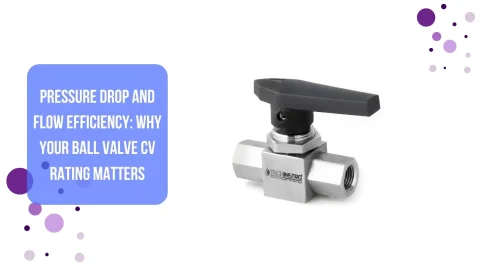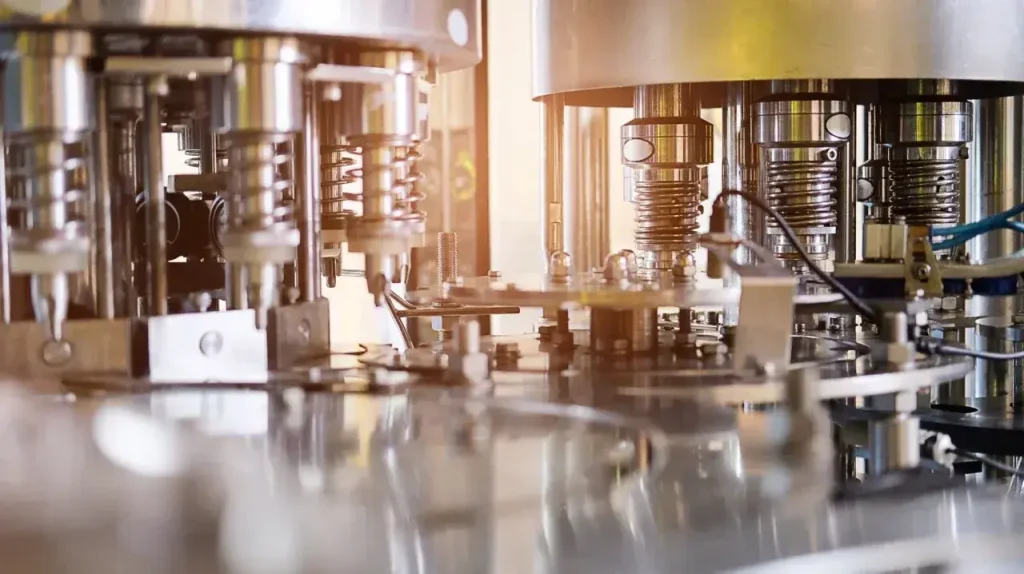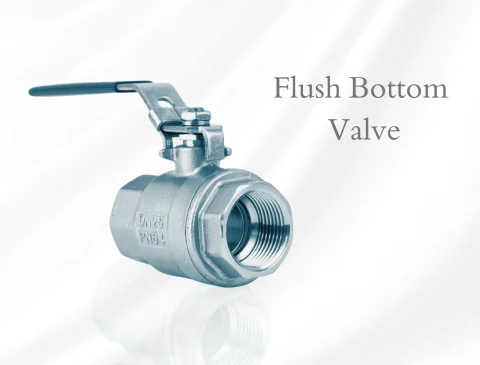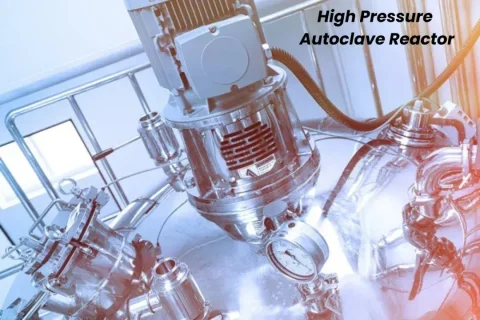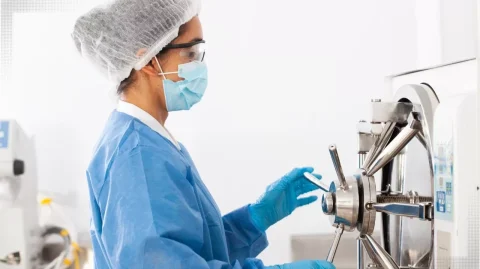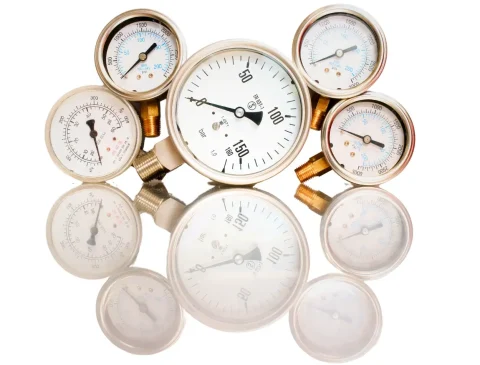Scientists use specialized equipment for chemical reactions and experiments. Two big players are high-pressure reactors and hydrothermal autoclaves. But what’s the difference between them, and how do they compare in terms of durability and maintenance? Let’s break it down in simple terms.
High-Pressure Reactors: The Sturdy Workhorses
High-pressure reactors are like the heavy-duty trucks of the chemistry world. They’re designed to handle extreme pressures and temperatures, making them perfect for conducting reactions that need a lot of oomph. Think of them as pressure cookers on steroids. These reactors are usually made of rigid materials like stainless steel or special alloys, which can withstand much punishment.
Durability: High-pressure reactors are incredibly durable because they’re built to handle harsh conditions. They can last for many years, even with constant use. Their robust construction means they can take a beating and keep on ticking.
Maintenance: However, with great power comes great responsibility. High-pressure reactors need regular check-ups to ensure they’re in tip-top shape. This includes checking seals, valves, and gauges to ensure everything is secure and no leaks are present. While they’re built to last, keeping them running smoothly requires effort.
Top two Manufacturer and Supplier of High Pressure Autoclave Reactor :
Hydrothermal Autoclaves: The Precision Cookers
On the other side, we have hydrothermal autoclaves. These are like the slow cookers of the lab, often used for growing crystals or conducting reactions that need specific, controlled conditions. They, too, can handle high pressures and temperatures, but they’re generally less robust than high-pressure reactors.
Durability: Hydrothermal autoclaves are made to be durable, but they’re a bit more delicate compared to high-pressure reactors. They’re often made of materials like stainless steel, but they might have parts like Teflon linings to prevent reactions with the materials being studied. This makes them more susceptible to wear and tear.
Maintenance: Maintenance is crucial for hydrothermal autoclaves to prevent damage or contamination. This might include regular cleaning and checking of the inner linings and seals. Because of their more precise nature, they might need a gentler hand and more frequent check-ups.
The Verdict
Both high-pressure reactors and hydrothermal autoclaves are essential tools in science. Regarding durability, high-pressure reactors take the lead with their tough-as-nails construction. However, hydrothermal autoclaves offer precision that’s hard to beat, even if they require a bit more care to keep them running smoothly.
Choosing between the two depends on what you need for your experiments. A high-pressure reactor is your best bet if you’re looking for something that can handle a lot of pressure and doesn’t mind getting a little roughed up. But if you need precise conditions and are working with more delicate reactions, a hydrothermal autoclave might be the way to go.
Ultimately, both types of equipment play crucial roles in advancing science. They can be valuable assets in any lab with the proper care and maintenance.
